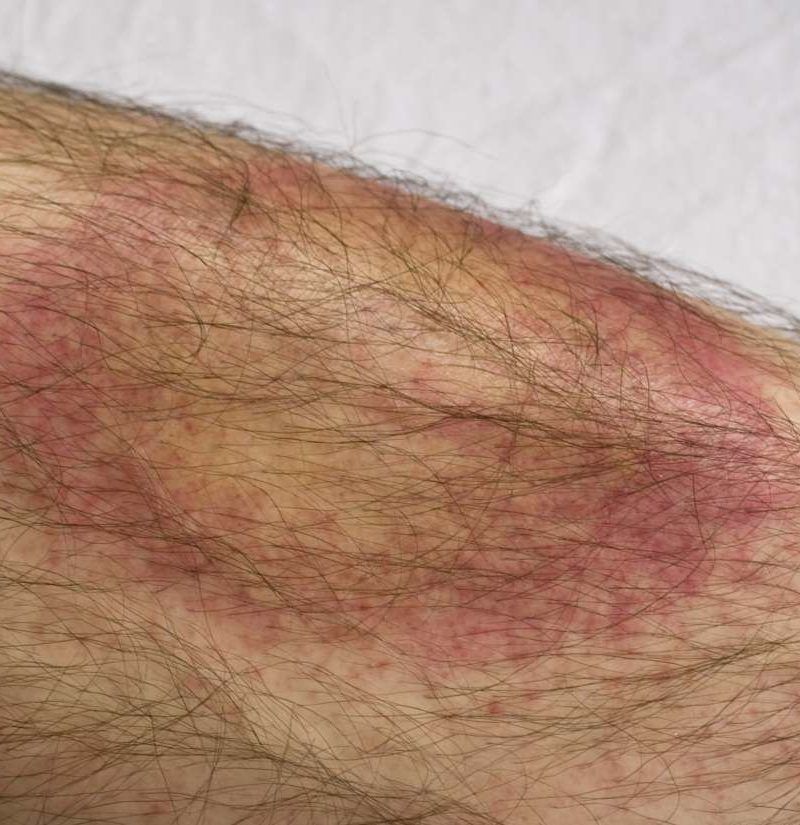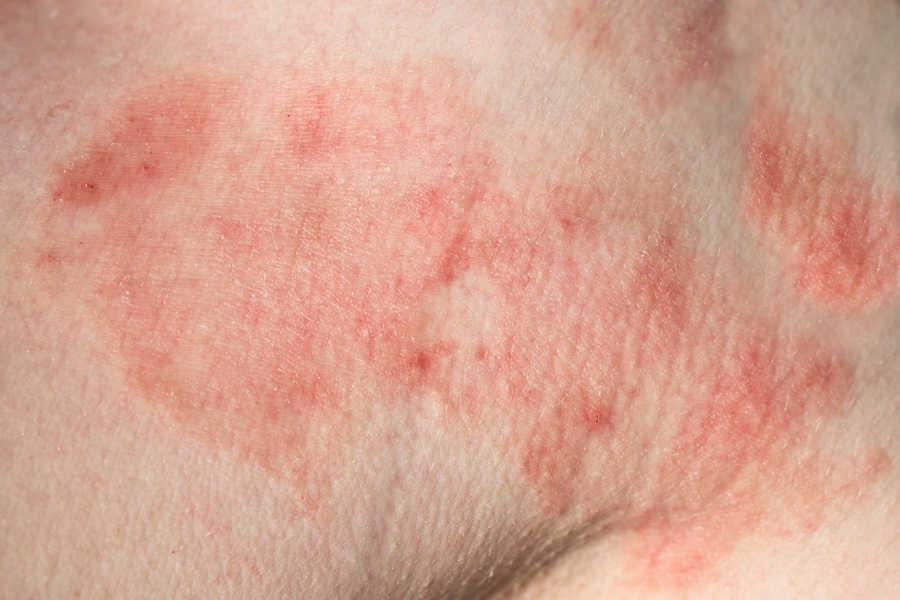Lyme Disease Awareness-- Know the Symptoms and Remain Protected
Lyme condition stays a significant public wellness issue, particularly in areas where ticks are prevalent. What specific actions can individuals take to secure themselves against this often-overlooked condition, and how can communities boost their total response?
Understanding Lyme Illness
Lyme illness, a widespread tick-borne ailment, is brought on by the germs Borrelia burgdorferi. This disease is mostly transmitted to people through the bite of contaminated black-legged ticks, frequently recognized as deer ticks. The geographical circulation of Lyme disease is largely focused in the northeastern, north-central, and Pacific coastal areas of the United States, although instances have actually been reported in other areas also.
The life process of the tick plays a critical role in the transmission dynamics of Lyme illness. Ticks normally proceed through 4 life phases: egg, larva, grownup, and nymph. The risk of transmission increases during the nymph stage, as these ticks are little and typically go undetected by people. Human exposure to ticks is especially raised in woody or verdant locations, specifically during warmer months when ticks are most active.
Recognizing the ecology of Lyme disease is important for efficient avoidance approaches. Awareness of tick habitats and behaviors can considerably minimize the chance of bites. Moreover, public education on proper tick removal techniques and the relevance of personal protective steps can assist minimize the threat of contracting this facility and possibly debilitating ailment.
Usual Signs to Identify
Recognizing the common signs of Lyme illness is vital for early medical diagnosis and therapy. The preliminary manifestation often consists of a characteristic skin rash recognized as erythema migrans, which shows up as a red circular spot with a main cleaning, looking like a "bull's- eye." This rash typically establishes within 3 to thirty day after a tick bite and can vary in dimension.
Along with the rash, people may experience flu-like signs, including fever, chills, tiredness, muscle pains, and joint pain. These signs and symptoms can be deceptive, as they are usual to lots of various other diseases. If left untreated, Lyme condition can advance to more serious symptoms, consisting of neurological concerns such as meningitis, facial palsy, or cognitive impairments.
Joint swelling, particularly in the knees, is an additional substantial signs and symptom that might emerge in later phases. Some clients report raised fatigue or relentless migraines. Understanding of these signs and symptoms is vital, as early discovery can result in reliable treatment, usually entailing antibiotics. Timely treatment can stop the development of the disease and lower the danger of lasting complications. Therefore, watchfulness is essential in recognizing and attending to the signs and symptoms connected with Lyme illness.

Threat Elements and Transmission
Recognizing the danger factors and settings of transmission associated with Lyme condition is vital for effective avoidance. Lyme disease is mostly transmitted with the bite of infected black-legged ticks, commonly called deer ticks. These ticks thrive in woody, grassy, and brushy areas, making outdoor tasks in such atmospheres a significant threat factor for transmission.
Individuals that participate in outside leisure tasks such as hiking, camping, or horticulture are most likely to come across these ticks. In addition, staying in or checking out areas where Lyme disease is endemic, consisting of components of the northeastern, north-central, and Pacific seaside regions of the United States, increases exposure danger. Specific occupations, such as forestry, farming, and landscaping, additionally posture enhanced dangers due to long term exterior exposure.
Furthermore, the life cycle of the tick, which calls for specific ecological problems, influences transmission characteristics. Variables such as environment modification, which influences tick habitats and populations, can further aggravate danger. Comprehending these aspects is important for individuals to recognize their possible direct exposure and take needed safety measures to decrease their danger of contracting Lyme condition.
Effective Avoidance Techniques
Routinely carrying out reliable prevention techniques is vital for reducing the risk of Lyme illness. The very first line of protection is to avoid areas understood for high tick populaces, specifically wooded and verdant settings.

Informing household and buddies about these avoidance approaches promotes neighborhood awareness and caution, further lowering the probability of Lyme illness transmission. By adopting these measures, people can efficiently shield themselves from the dangers associated with Lyme illness.
Importance of Very Early Discovery
Very early discovery of Lyme illness considerably influences therapy outcomes and can protect against the development of the health problem - Lymecare Alliance. The beginning of Lyme condition are commonly marked by flu-like signs and symptoms, including fever, exhaustion, and the particular erythema migrans rash. Acknowledging these signs immediately enables timely treatment, which typically includes a program of antibiotics. When dealt with early, most people recover totally without long-lasting difficulties.
On websites the other hand, delayed medical diagnosis can lead to a lot more extreme symptoms of the condition, including neurological and heart complications, which can be a lot more testing to treat and may cause prolonged wellness issues. Late-stage Lyme illness might require prolonged antibiotic treatment and can lead to chronic signs and symptoms, considerably affecting top quality of life.
Overall, raising understanding around the very early indicators of Lyme condition is critical for reliable monitoring and avoidance of even more major health and wellness consequences. Early treatment is not just helpful for the also critical yet private in reducing the total worry of Lyme illness in the neighborhood.
Conclusion
In recap, boosting awareness of Lyme Condition is necessary for promoting early discovery and effective avoidance. Recognizing usual signs, such as the particular "bull's- eye" rash and flu-like indicators, can help with timely medical treatment. Understanding Web Site risk aspects and carrying out preventive procedures, consisting of protective garments and routine tick checks, is crucial read what he said for minimizing the chance of transmission. Eventually, a cumulative effort to stay educated and vigilant against Lyme Condition can enhance neighborhood wellness and decrease the impact of this possibly major health problem.
Lyme condition continues to be a significant public health and wellness concern, specifically in areas where ticks are prevalent.The life cycle of the tick plays an important function in the transmission characteristics of Lyme illness.Recognizing the threat variables and settings of transmission linked with Lyme disease is essential for effective prevention. Lyme illness is mostly transferred with the bite of contaminated black-legged ticks, frequently understood as deer ticks. Comprehending these aspects is vital for people to identify their prospective direct exposure and take needed safety measures to lessen their danger of contracting Lyme illness.
Comments on “Lymecare Alliance: Connecting Individuals with Necessary Treatment Options”